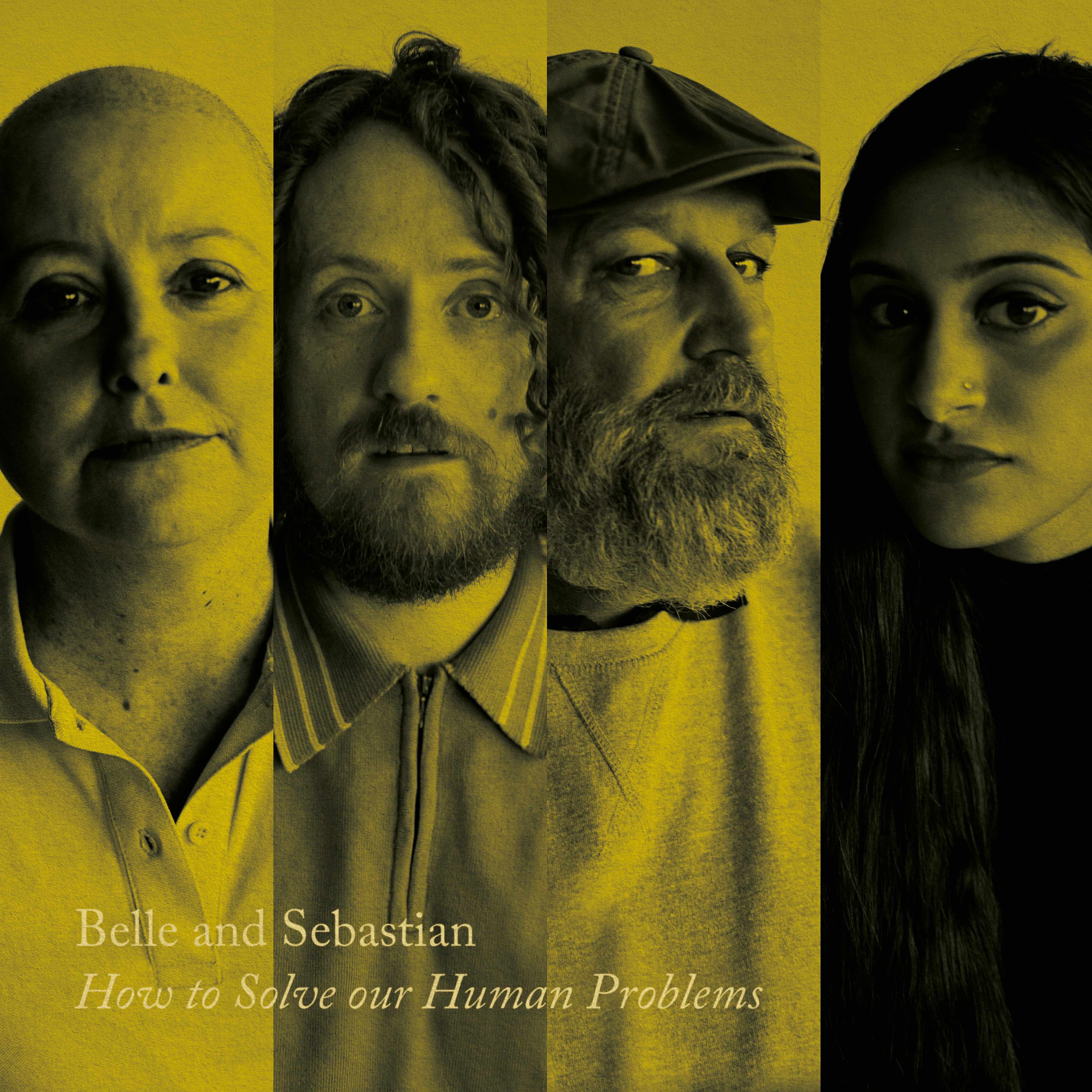Belle and Sebastian release EP ‘How to Solve Our Human Problems (Part 2)’

Belle and Sebastian
How to Solve Our Human Problems (Part 2)
Matador · January 19, 2018
“The album should not only be cherished for its interspersed moments of experimentation, but also for maintaining the distinct sound that they have curated over years, which fans would be distraught to lose.”
Belle & Sebastian’s new album conjures up a mix of the ethereal, upbeat, and existential energy, living up to the high expectations they have set for themselves after what has now been decades of success. The middle piece of a three-part, How to Solve Our Human Problems (Part 2) is not only a logical progression to its first part released a month earlier, but also logical in the context of the band’s career. There are moments throughout HTSOHP2 that show experimentation while also continuing the style of their past nine studio albums and eight EPs. It is an impressive feat for a band to grow and experiment while still maintaining such a distinct sound for so long, and the album proves proves that this is not going to change any time soon.
The LP starts off with ‘Show Me the Sun,’ a cheery sounding song that has some poignant, mellow moments interspersed through the song. It starts off with several voices chanting an upbeat tune, followed by a guitar riff that gets repeated as a motif throughout the rest of the song. I was surprised when the beginning part of the song reminded me of the music I used to listen to when I first discovered “alternative” in eighth or ninth grade – it struck me as very Arctic Monkeys or the Black Keys-esque, a vibe not often associated with Belle & Sebastian. However, as soon as Sarah Martin’s vocals kicked in, the balance between the driving beat behind the song and her delicate voice culminated in a distinct sound that can only be recognized as quintessentially them.
The second and third songs also use their signature style of song: spirited while mellow and always contemplative. ‘The Same Star’ builds towards the end to be quite energetic by the end of the song with a long guitar solo followed by an emphatic melody on trumpet, but slows down for ‘I’ll Be Your Pilot,’ a soothing ode to a loved one. Loaded with emotional oboe solos, the song is contemplative and soft without being less energetic than the others.
Picking up the pace again with the anxious-sounding ‘Cornflakes,’ this eerie confessional of a song is the audio equivalent of someone being on thin ice with their significant other. Murdoch’s repetition of lyrics in combination with the fast-paced tapping of the drum’s cymbal throughout the entire song makes it sound like the song itself is nervous. It includes lyrics such as “As long as there’s / As long as there’s / As long as there’s a song in there / I’ll sing to myself / I’ll pray for myself / I won’t have a care”. The music descends into chaos towards the end of the song and synthetic noises start happening, giving the song an even more heightened sense of anxiety. My personal favorite on the album, ‘Cornflakes’ epitomizes the band’s ability to make anything work in their music as long as the lyrics and vocals are existential enough.
The album wraps up with ‘A Plague on Other Boys,’ a perfect resolution to the rising action and climactic chaos of the preceding songs, acting as a combination of everything from the EP leading up to that moment. It is mellow, steady, and has the quintessential sound that they have developed and maintained throughout their career. It has a relaxing albeit slightly chilling flute solo that is so smooth it almost sounds fake (which it might be). The oboe reprises for more meditative melodies for the instrumental solos. And finally, Sarah Martin’s subtle supporting vocal part was the perfect final touch to conclude the album. Her voice in this song embodies the tone and atmosphere of the band’s music overall.
Certain qualities of the album, especially as described in the final song, remind us that more than anything, Belle & Sebastian will always deliver. Regardless of any experimentation they might try, they can be relied on to bring that iconic celestial sound. Though the album is to be admired for the group’s ability to try new things after being an established group for so long, it should also be cherished for maintaining the distinct sound that they have curated over years, which fans would be distraught to lose.